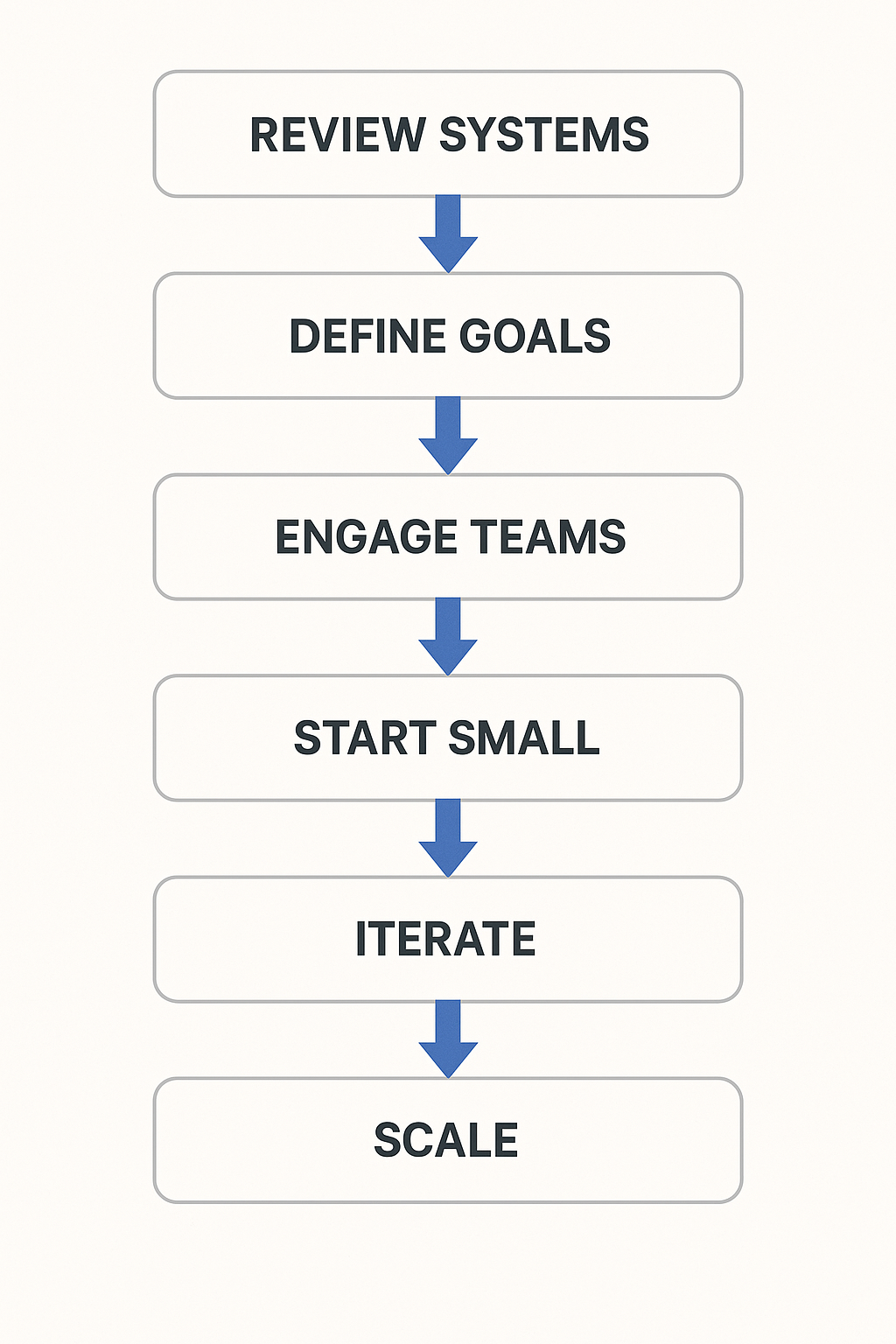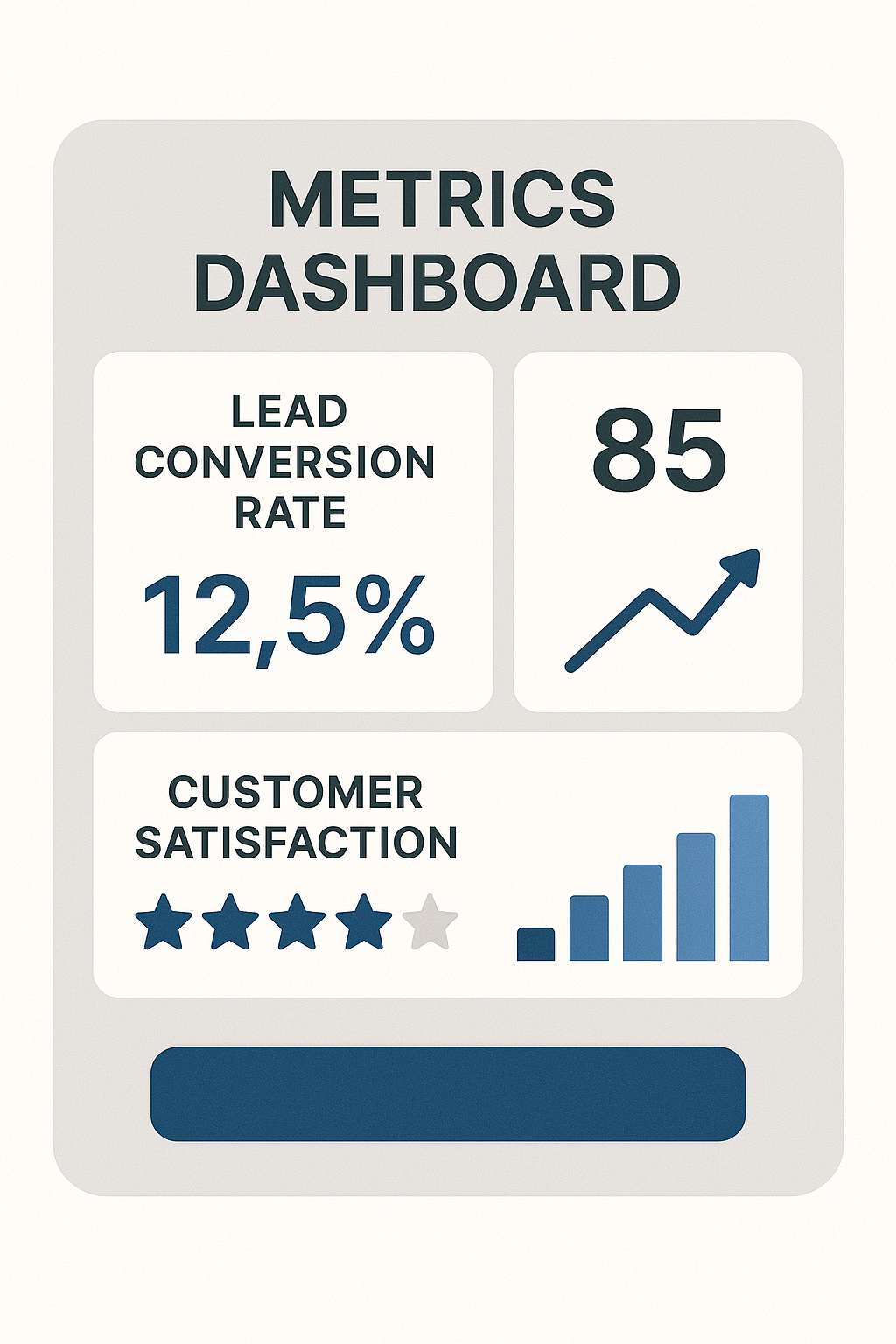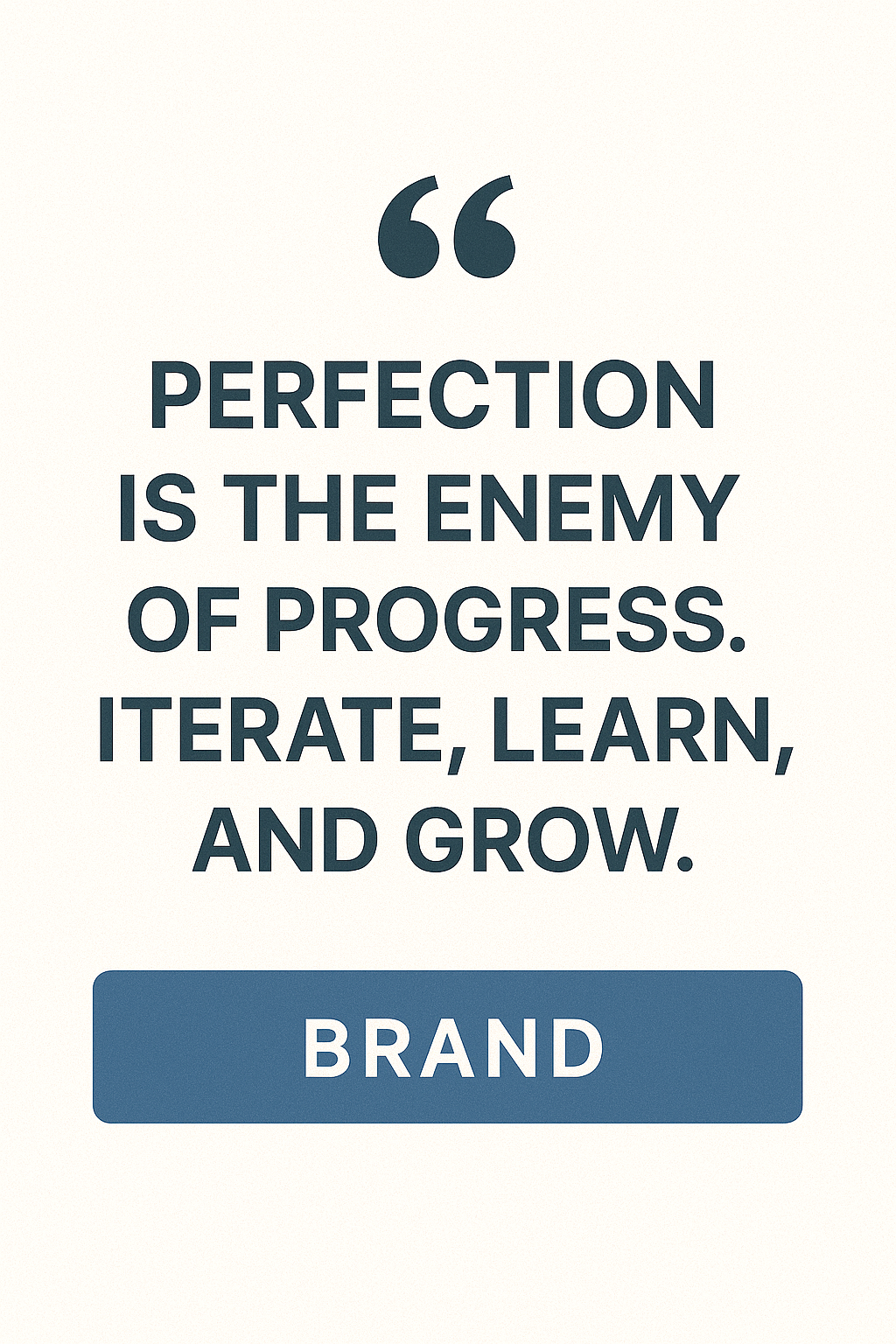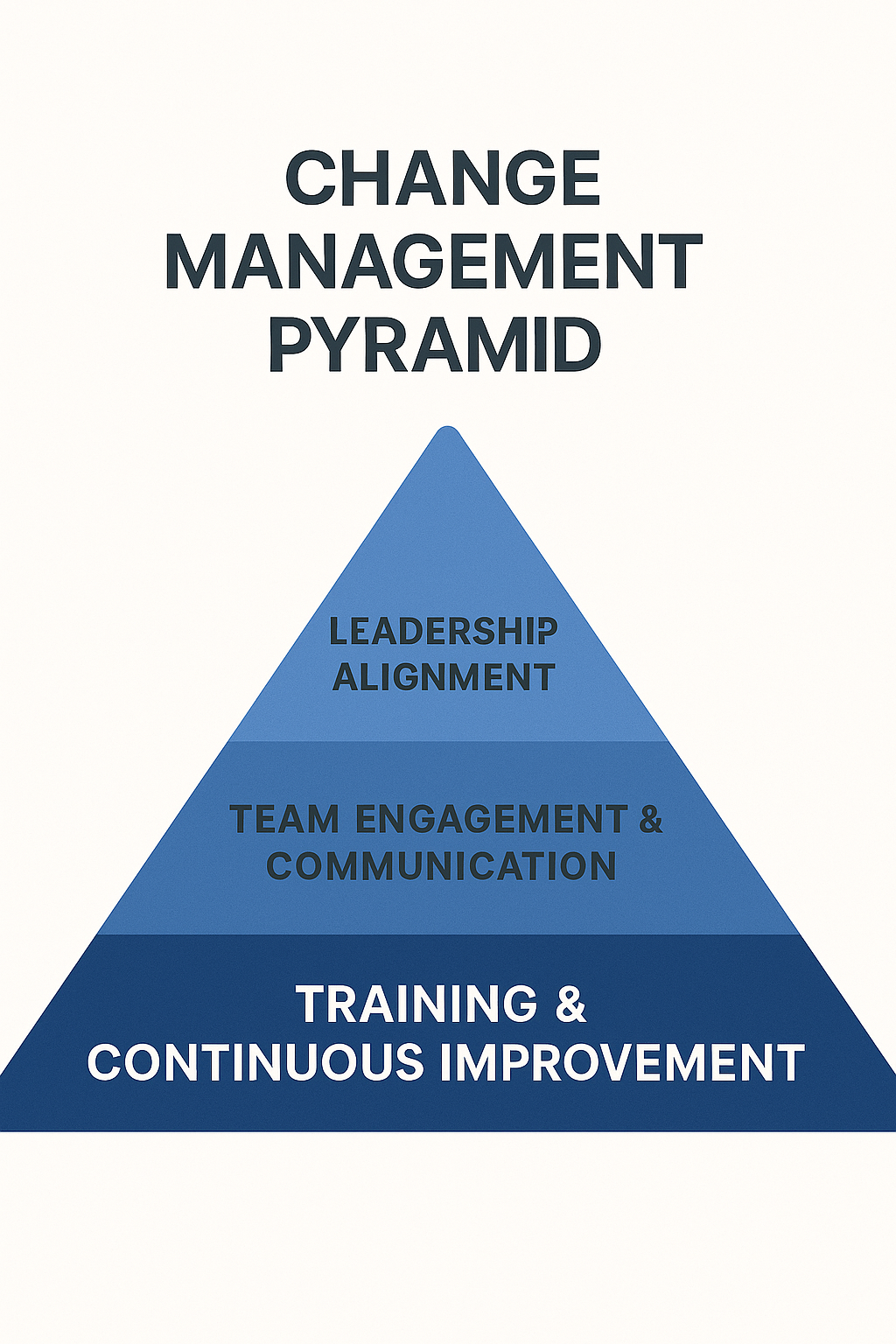HubSpot AI: How 'Breeze' Is Changing the Marketing, Sales, and Service Game
HubSpot’s AI layer, Breeze, is transforming how businesses manage their customer relationships. Designed to feel natural and intuitive, Breeze helps...
4 min read
Bradley Michel
:
Jun 5, 2025 3:00:00 PM
HubSpot is more than just a CRM. It’s a strategic growth platform that, when used correctly, can transform how you generate leads, manage deals, delight customers, and ultimately grow your business. But to get the most out of it, you need more than a software subscription — you need a plan, a clear vision, and a change management approach that brings your people along for the journey.
In this guide, we'll explore how to use HubSpot effectively, the steps to prepare your business for success, and why change management is critical to achieving your goals.
The first step in using HubSpot effectively is to thoroughly review your existing systems. This means looking at every stage of your customer journey:
By taking a holistic view, you’ll uncover gaps and inefficiencies that HubSpot can help you address.
Once you’ve mapped out your current state, it’s time to define where you want to go.
Ask yourself:
Perhaps you want to reduce manual data entry, improve lead conversion rates, or provide better after-sales support. Whatever your objectives, they must be clear and aligned with your wider business strategy.
Only when you understand your desired outcomes can you engage a HubSpot partner to help design and implement the right solution. This is a crucial step — HubSpot is a flexible tool, but without clear goals, it’s easy to lose focus and underuse its capabilities.
A successful HubSpot implementation isn’t an IT project; it’s a business transformation. To signal its importance, you need strong leadership and clear executive sponsorship.
Appoint someone at the executive level — ideally a senior leader with sales responsibility — to champion the project. This leader sets the tone, communicates why the change matters, and ensures everyone understands it’s not optional.
In change management, this is critical. People follow people, not software. A respected, visible leader gives credibility to the initiative and helps overcome resistance.
While leadership is crucial, equally important is involving your wider team early and often.
Talk to staff in every department. Understand their day-to-day frustrations and where processes break down. Frontline insights are invaluable — they highlight operational speed bumps that aren’t always obvious from the top down.
Engaging staff fosters a sense of ownership. When people feel heard and included, they’re more likely to support the change and adopt new systems enthusiastically.
This is a core principle of change management: involving stakeholders to create buy-in and reduce resistance.

With your objectives defined and your people engaged, it’s time to plan your implementation roadmap.
Many businesses make the mistake of trying to transform everything at once. But as the saying goes, don’t try to build Rome in a day.
Start with a single team or department — for example, your sales team or marketing team. Focus on solving specific problems and creating quick wins. Once you demonstrate success and build confidence, you can gradually roll HubSpot out to other areas.
A phased approach reduces risk, allows for iterative learning, and helps teams adjust without feeling overwhelmed.
To measure success, you need clear metrics. Identify what you want to track: lead response times, deal close rates, marketing ROI, customer satisfaction scores, etc.
If you have historical data, establish a baseline so you can measure improvements. But if you don’t have data today, don’t let that stop you from moving forward. Sometimes, you simply know where problems lie — and that’s enough to start.
In these cases, part of your HubSpot project might include putting systems in place to gather the data you need. Remember: metrics help guide the journey and keep everyone accountable.


Perfection is the enemy of progress. With HubSpot, you should expect to iterate.
Even the most carefully planned processes will have unexpected outcomes. Be open about this with your team, and create feedback loops that allow you to refine workflows over time.
This iterative mindset is central to both agile project delivery and change management. It acknowledges that change is a journey, not a one-off event.
Continuous improvement leads to better adoption, stronger results, and a more resilient business.
HubSpot is an incredibly powerful platform, offering a suite of tools that can completely transform how you do business. Don’t limit your ambitions.
Set big, audacious goals. Whether that’s automating your entire lead nurturing process, gaining 360-degree customer visibility, or integrating deeply with ERP systems to align operations — aim high.
Your HubSpot partner is there to help you make these ambitions a reality. Challenging your implementation partner with bold objectives not only motivates them but ensures you get maximum value from your investment.


Underpinning all of this is effective change management. Implementing HubSpot is as much about people as it is about technology.
A solid change management strategy involves:
When you get change management right, your teams won’t just tolerate HubSpot — they’ll embrace it. And that’s when you unlock its true potential.
Ready to take the plunge? Here’s a practical summary to get started with HubSpot:
1. Audit your current processes: Map your customer journey and internal workflows.
2. Define goals and gaps: Understand where you want to improve and what success looks like.
3. Get leadership buy-in: Appoint a strong executive sponsor to lead the project.
4. Engage your people: Listen to your teams and involve them early.
5. Plan your rollout: Start small, achieve early wins, and expand gradually.
6. Set metrics: Define benchmarks and track progress continuously.
7. Iterate and improve: Embrace a mindset of continuous improvement.
8. Think big: Set ambitious goals that push your business forward.
HubSpot has the potential to be a true game-changer for your business — but only if you approach it strategically. With clear objectives, strong leadership, team engagement, and a solid change management plan, you’ll transform not just your software stack but your entire business culture.
The journey to mastering how to use HubSpot isn’t just about adopting a tool. It’s about building a more agile, aligned, and customer-centric organisation — one that’s ready to grow and thrive in today’s competitive market.
Looking for expert guidance on your HubSpot journey? Get in touch with us at Cogent Connective — we’d love to help you unlock your full potential.
Here's some others we think you'll love

HubSpot’s AI layer, Breeze, is transforming how businesses manage their customer relationships. Designed to feel natural and intuitive, Breeze helps...

In the world of CRM and ERP integration, the hardest part isn’t the data sync—it’s the data clarity.

If you’re thinking, “My customer data has duplicates, and I don’t know what to do,” you’re not alone. Duplicate data is a problem many businesses...